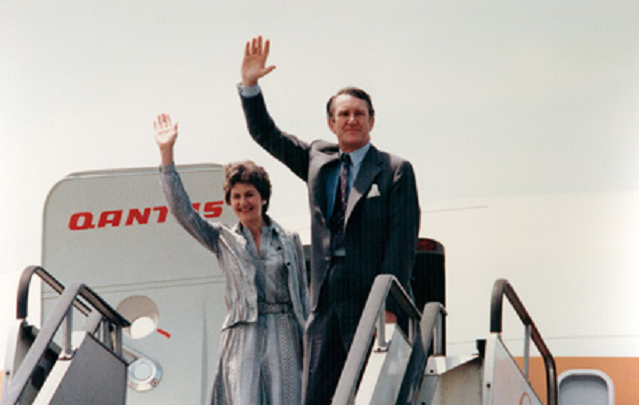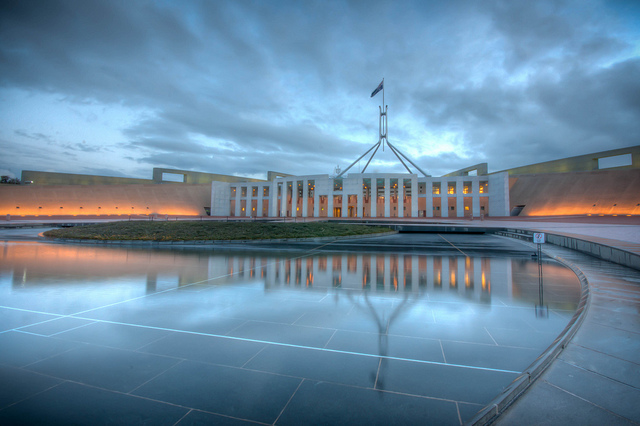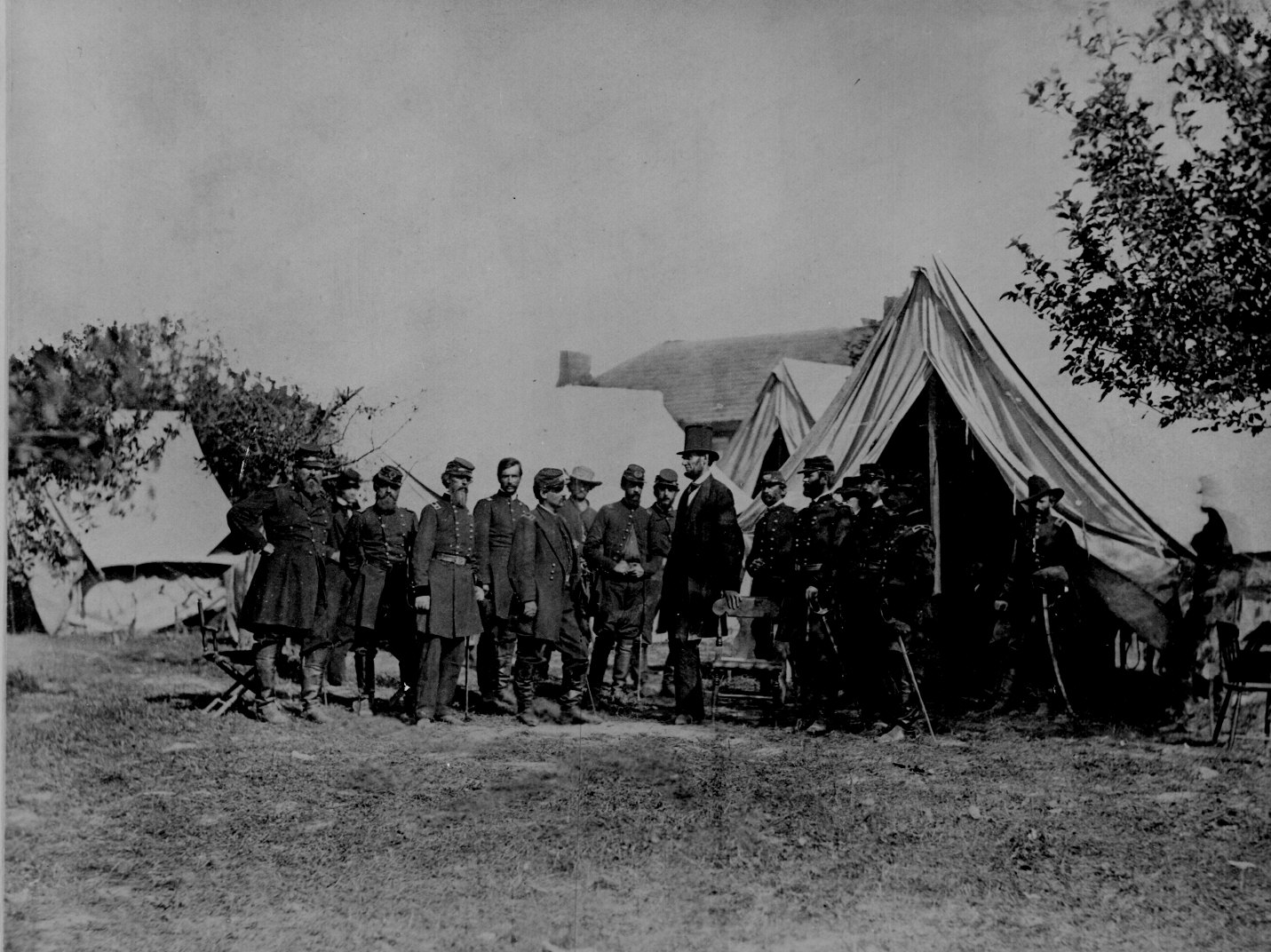Codifying conventions on Australia going to war

Australia has codified government responsibilities to parliament when going to war.
The code is set out in a memorandum issued by the Prime Minister’s Department at the end of November.
The conventions cover decisions to deploy the Australian Defence Force in a major military operation in armed conflict overseas.
The prime minister’s profound prerogative to launch war is still unfettered. But the conventions set minimum requirements for openness and accountability to the parliament about war aims, the deployment and its legal basis. The conventions nudge at Australia’s quasi-presidential war powers, listing basic steps the executive owes parliament and the people.
The government action follows the recommendations of a report on international armed conflict decision-making by Parliament’s Joint Committee on Foreign Affairs, Defence and Trade, which pointed to ‘a clear need to improve the transparency and accountability of government decision-making’.
The memorandum affirms that deploying the ADF into armed conflict is a prerogative of the executive, flowing from section 61 of the constitution. The document notes: ‘In practice, the National Security Committee [NSC] of Cabinet exercises this power collectively to enable informed decision-making on matters of national significance.’
The code implies that cabinet practice should evolve to align more closely with the command structure envisaged in the constitution.
When John Howard was elected in 1996, he created the NSC as the peak decision-making body for national and foreign policy, a structure retained by all governments since. Unlike other cabinet committees, NSC decisions do not have to go to full cabinet for approval.
The NSC focus and habits of government meant that in deciding to go to Afghanistan and Iraq, cabinet relied on the minister’s power to direct the ADF under the Defence Act 1903. Using the Defence Act departed from the way it was done in World War II, when war was declared using the governor-general’s constitutional power as commander in chief of the military.
The new code means that future decisions to deploy the ADF to fight overseas should be made using the governor-general’s constitutional authority, not the Defence Act.
The memorandum then turns to the need to inform parliament of decisions for armed conflict, and to provide regular updates.
Within 30 days of a deployment, the government must convene both houses of parliament to deliver a statement on the conflict and open debate. The conventions call for the government to table an unclassified written statement outlining the objectives of the ADF deployment, the orders made and its legal basis.
The obligation to convene, inform and debate, is balanced by this statement: ‘Notwithstanding these practices, and consistent with long-standing policy, the Australian Government reserves the right to determine the appropriateness of disclosures with respect to questions of international law and advice on questions of legality, as well any considerations of national security or imminent threat to Australian territories or lives.’
The conventions promise regular updates to parliament on deployments to armed conflict and on military strategy.
During any active deployment of the ADF, the prime minister and the government leader in the Senate should give each house a statement on Australia’s involvement at least once a year.
At least two other times a year, the defence minister and their representative in the other chamber should deliver statements to each house to update on operations.
And the government is to brief parliamentary committees on the conduct of significant military operations.
As for military strategy, the government is to table publicly released Defence strategy documents in each house of parliament within 30 days of their publication.
All this might seem the obvious minimum in a parliamentary democracy. Yet practice has too often strayed towards the presidential rather than the parliamentary.
The norm in recent decades has been that defence white papers weren’t delivered to parliament, but released on a navy ship or in front of an air force jet; television’s needs trumped parliament. The habit-of-mind got so bad that Julia Gillard’s government did not even bother to table in parliament the 2013 Defence white paper or the 2013 National Security Strategy.
As I noted in my submission to the parliament inquiry, what a democracy demands of its parliament in conflict must be balanced against many other needs, from secrecy and security through to military imperatives.
Because the parties of government, Labor and Liberal, are united in protecting executive prerogative, no legal check is likely. Strengthening conventions is the practical way to strengthen parliament’s role in the use of Australia’s war powers.




